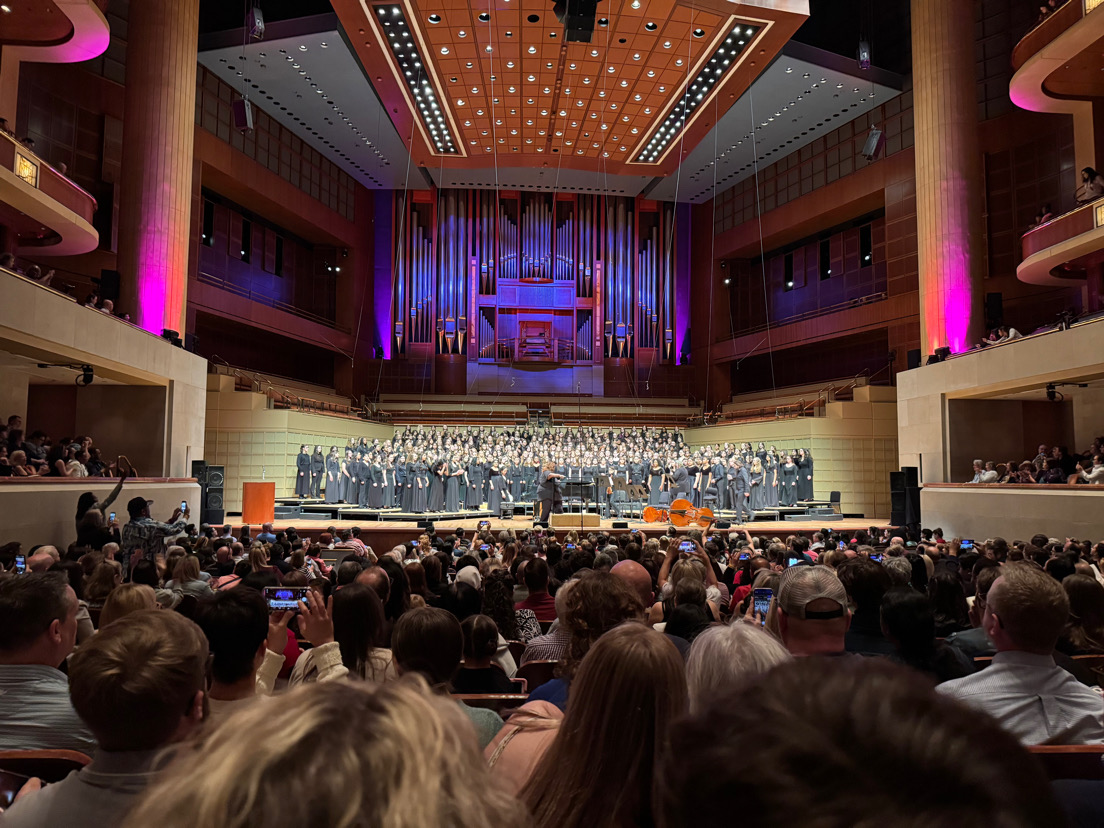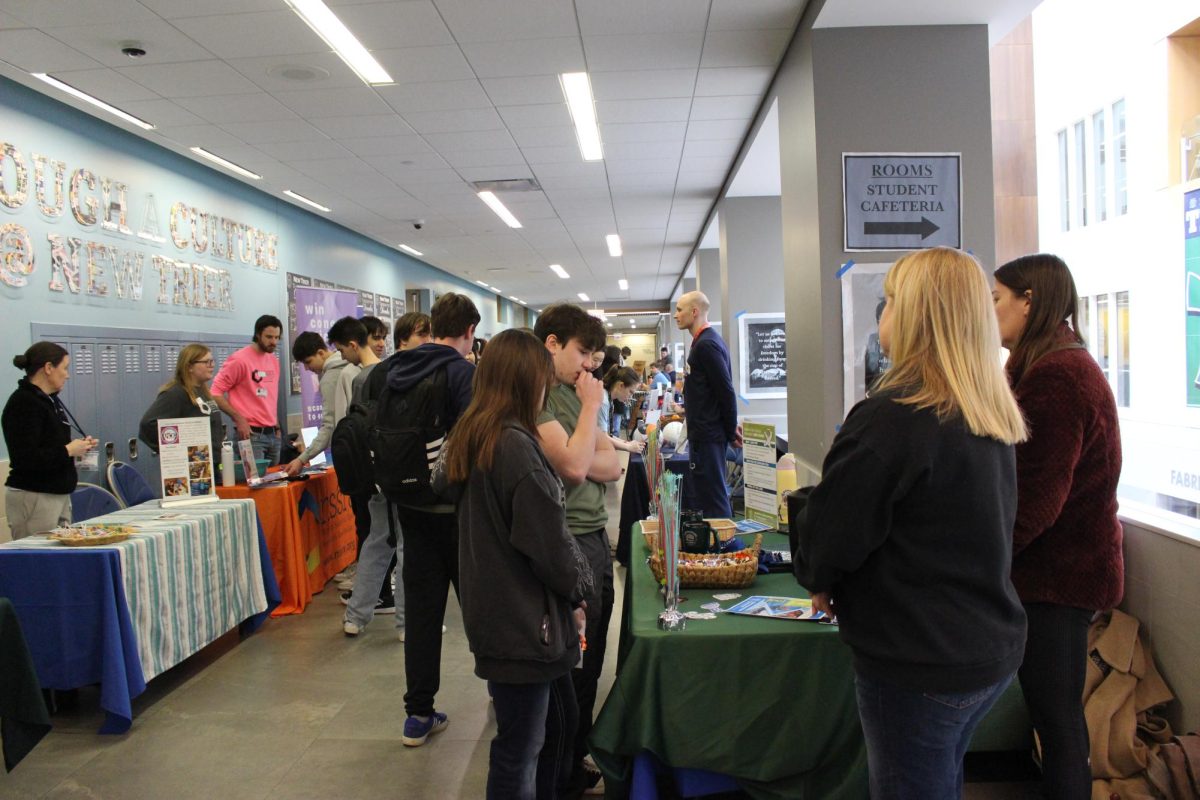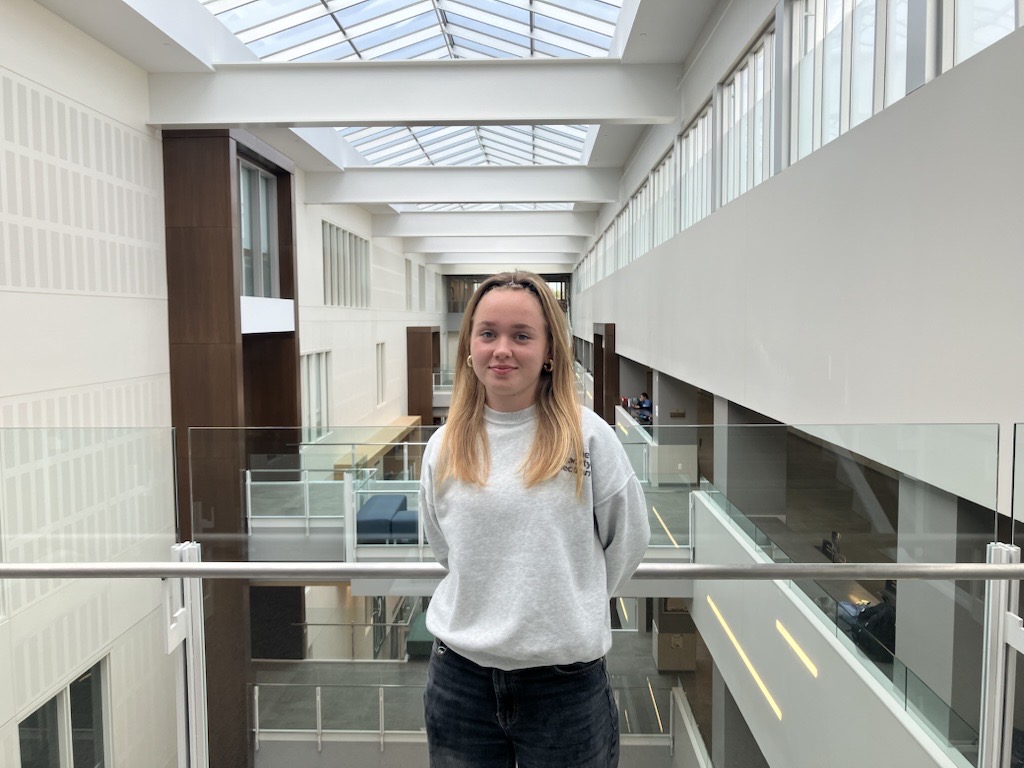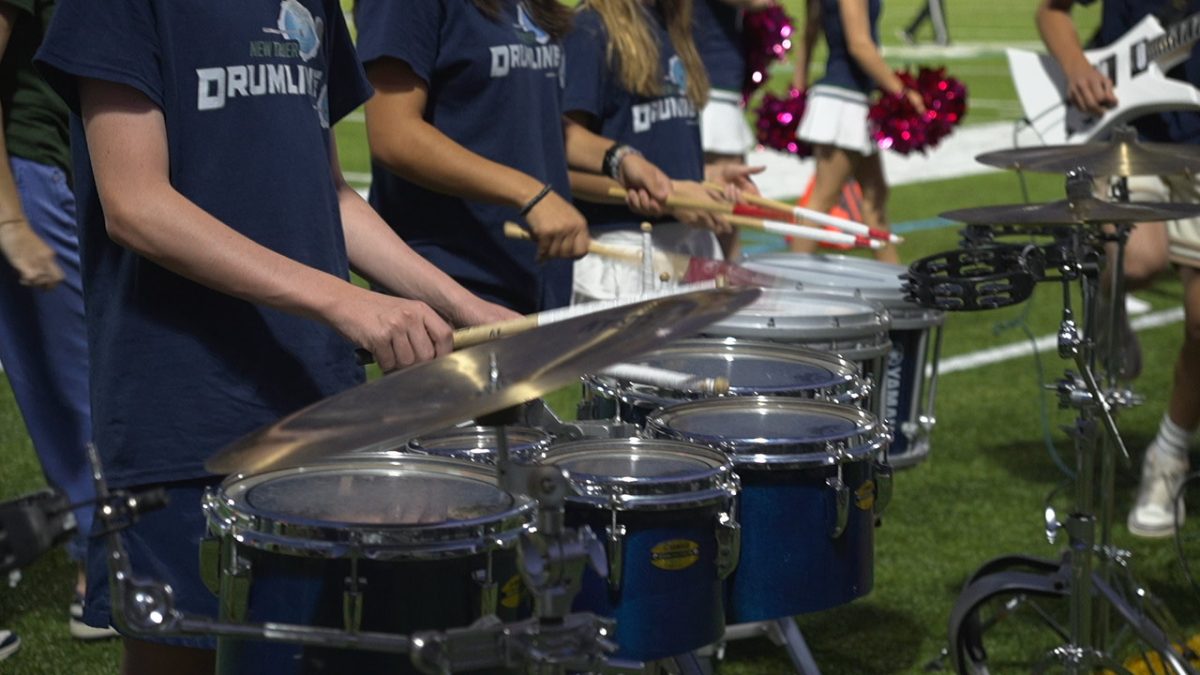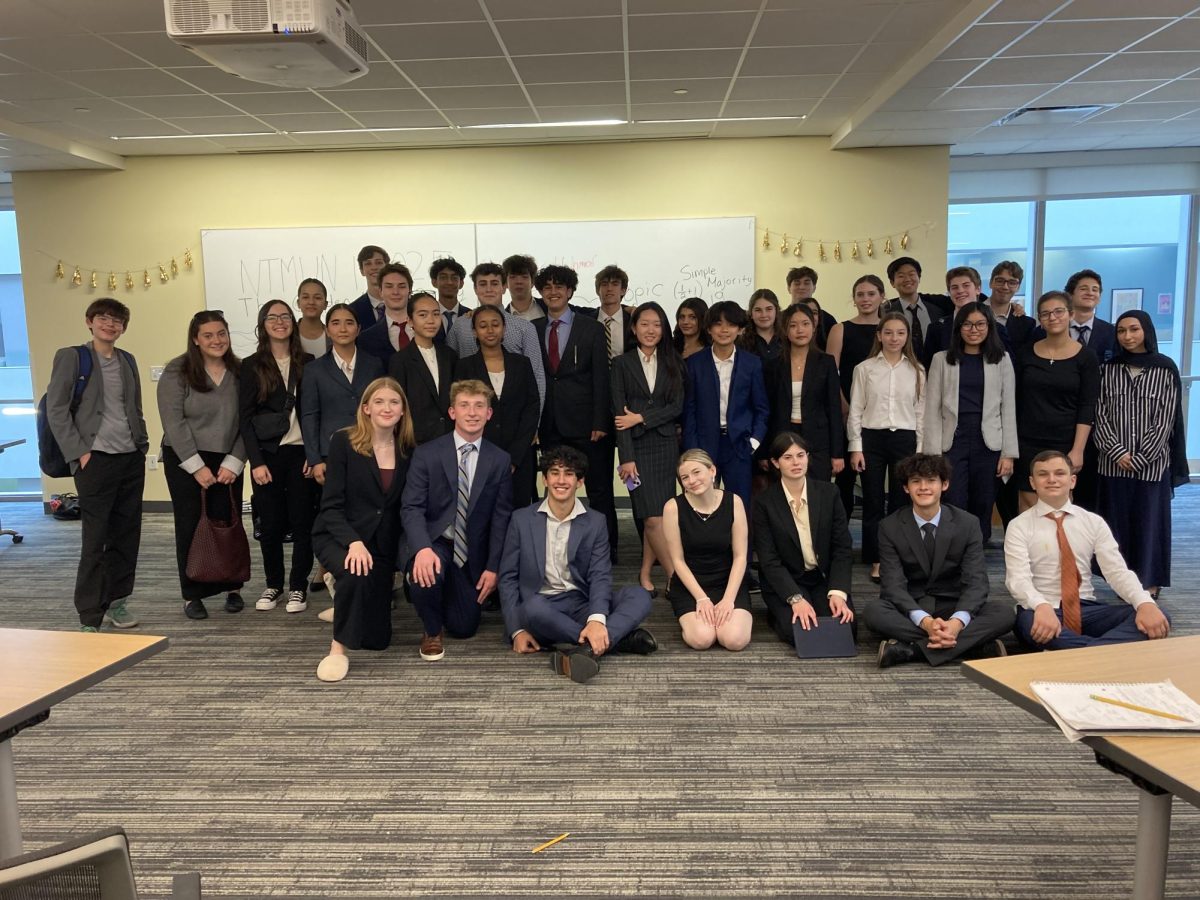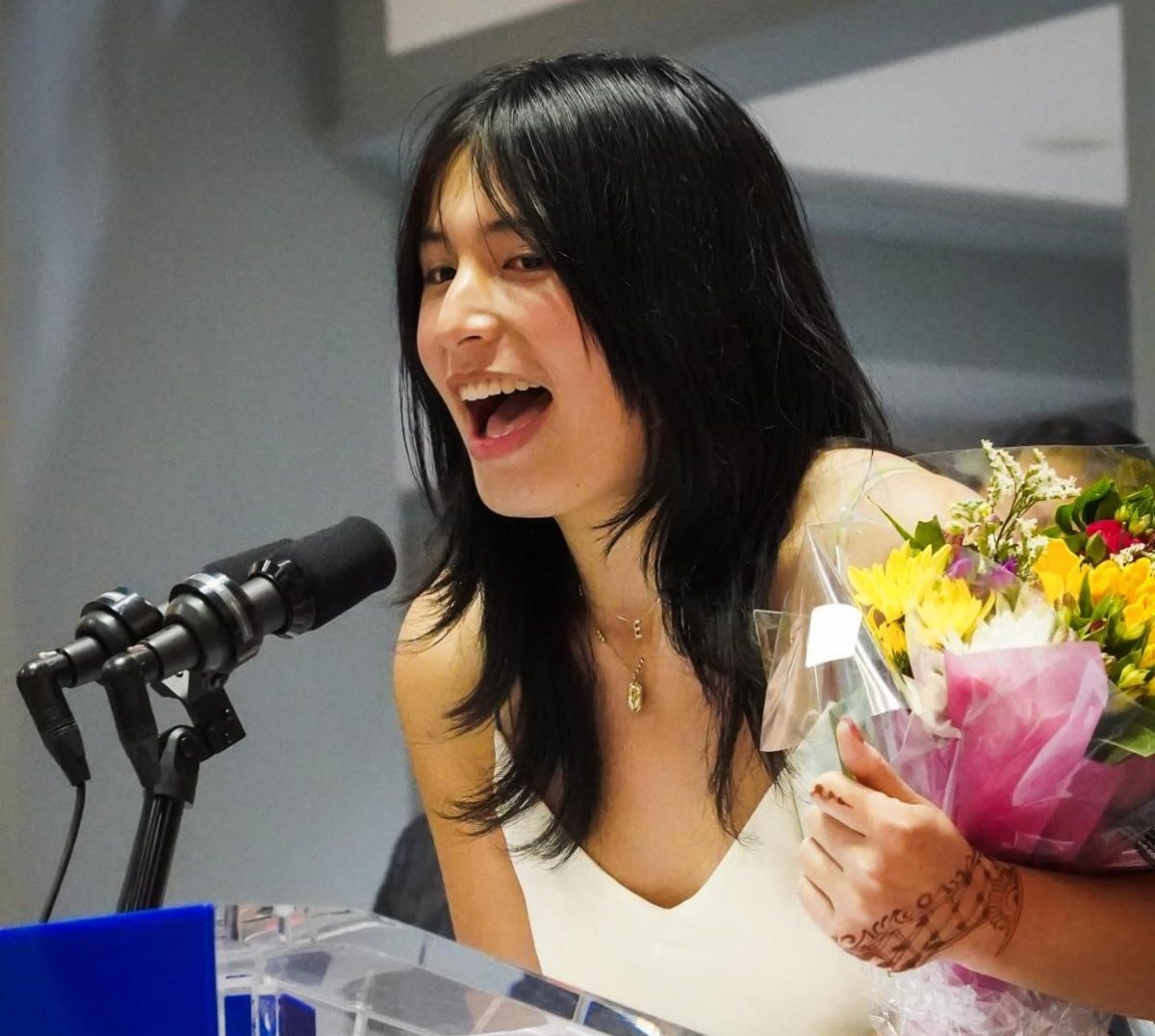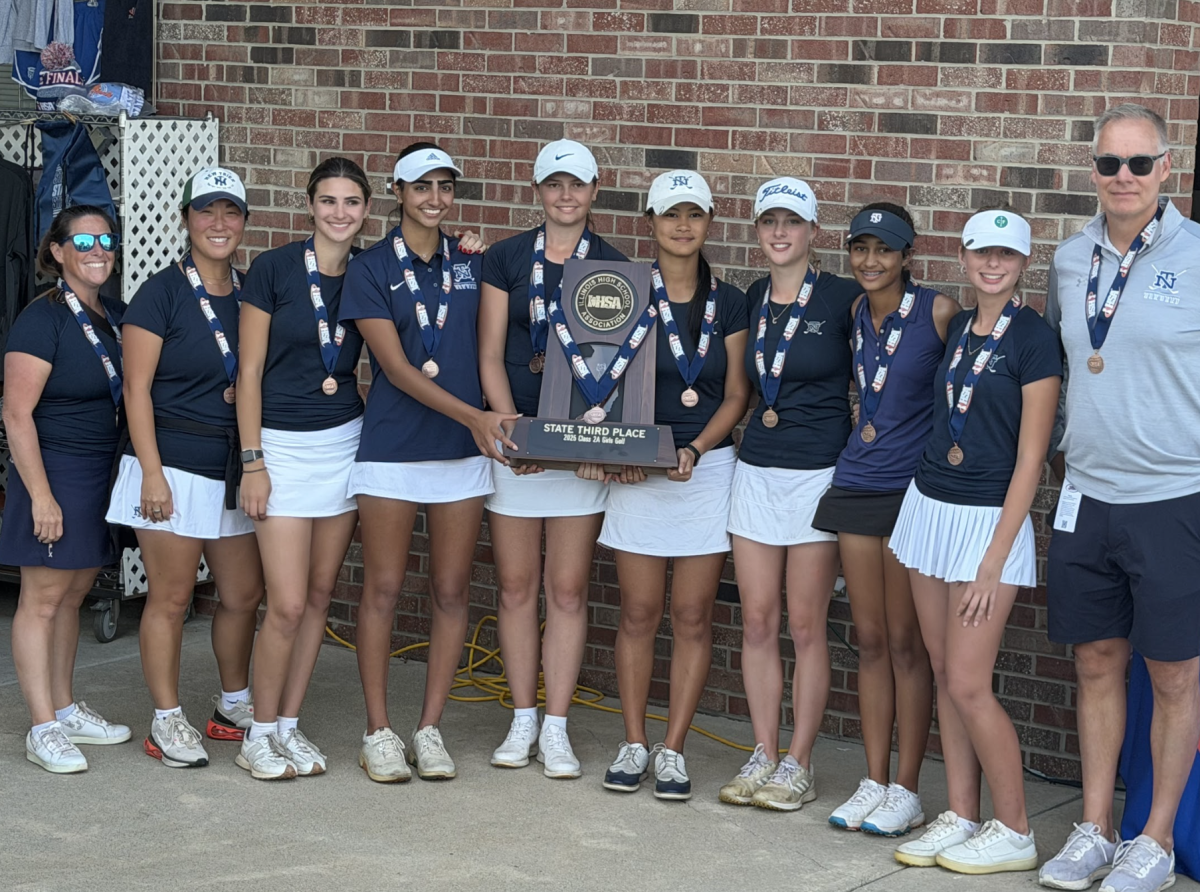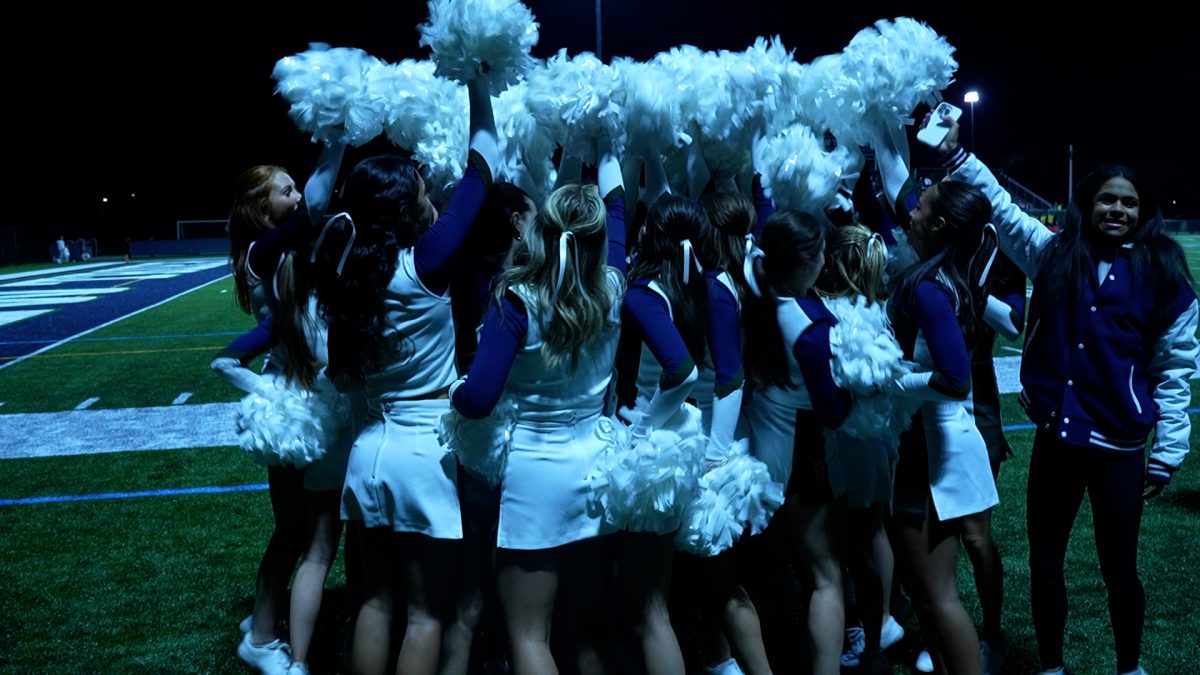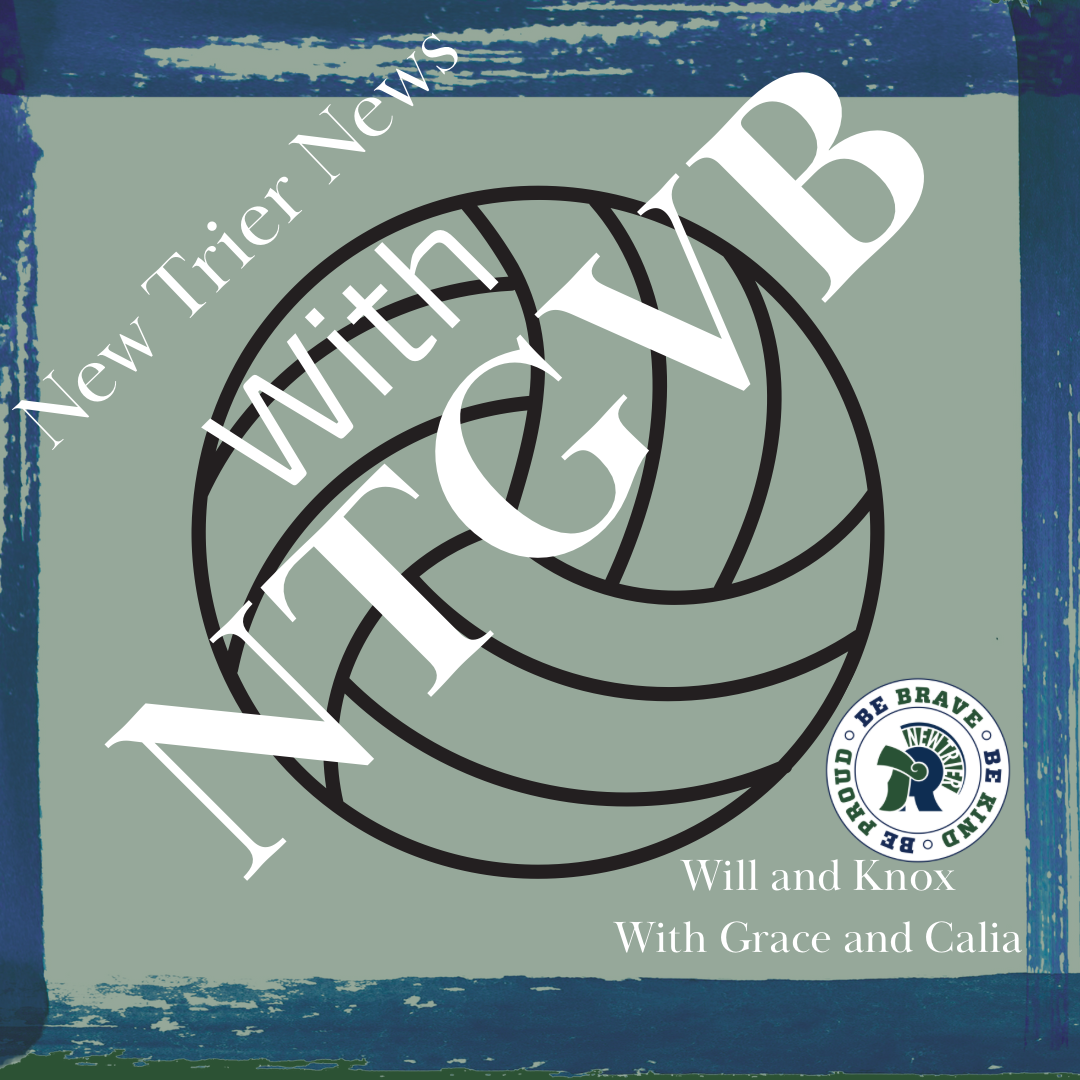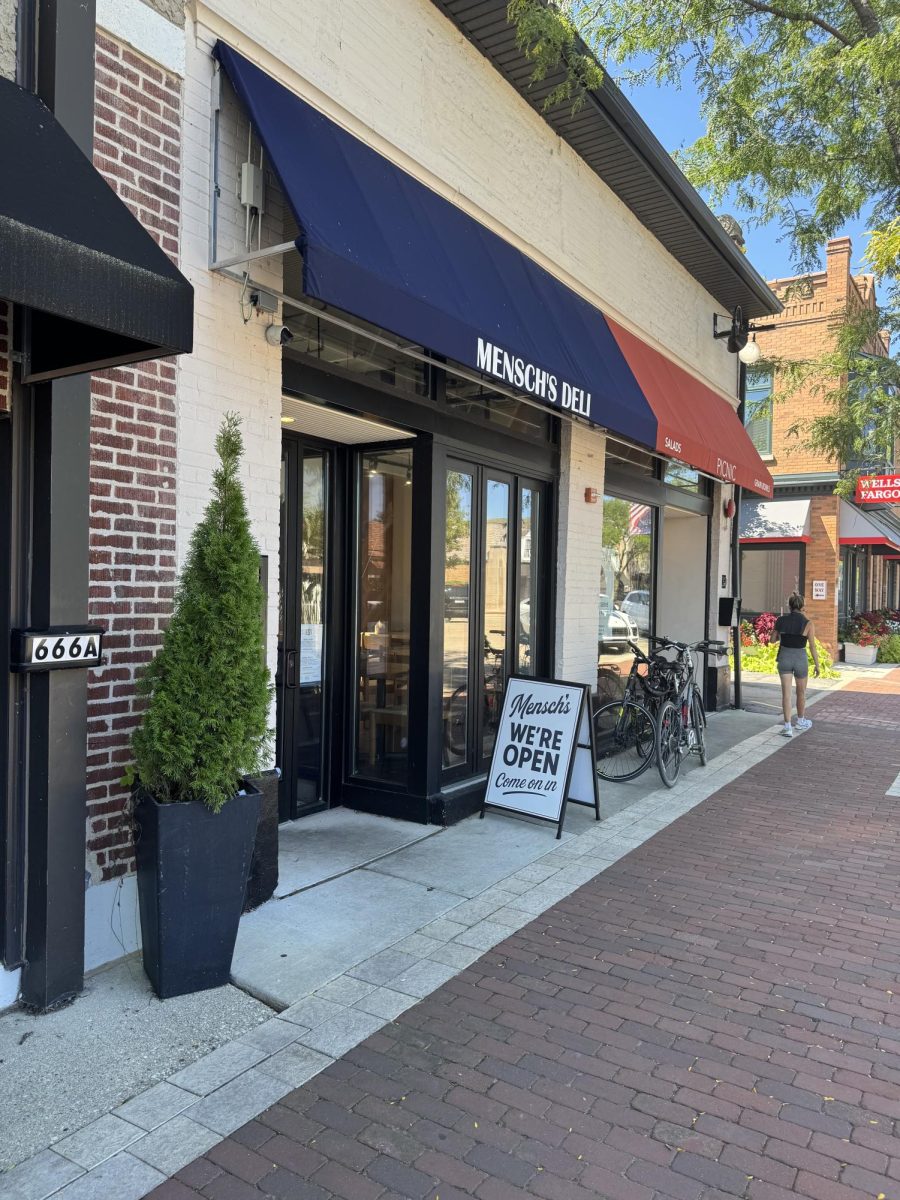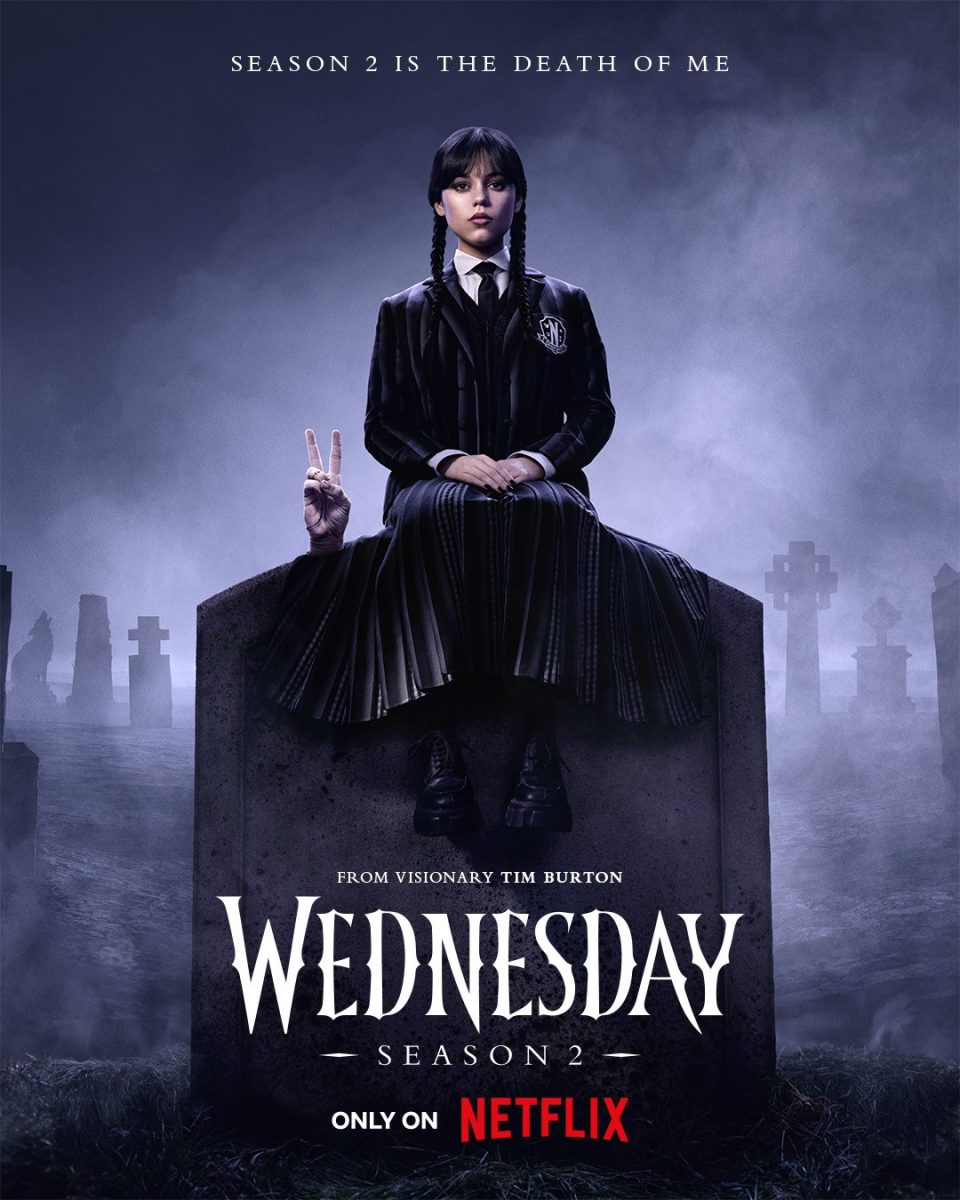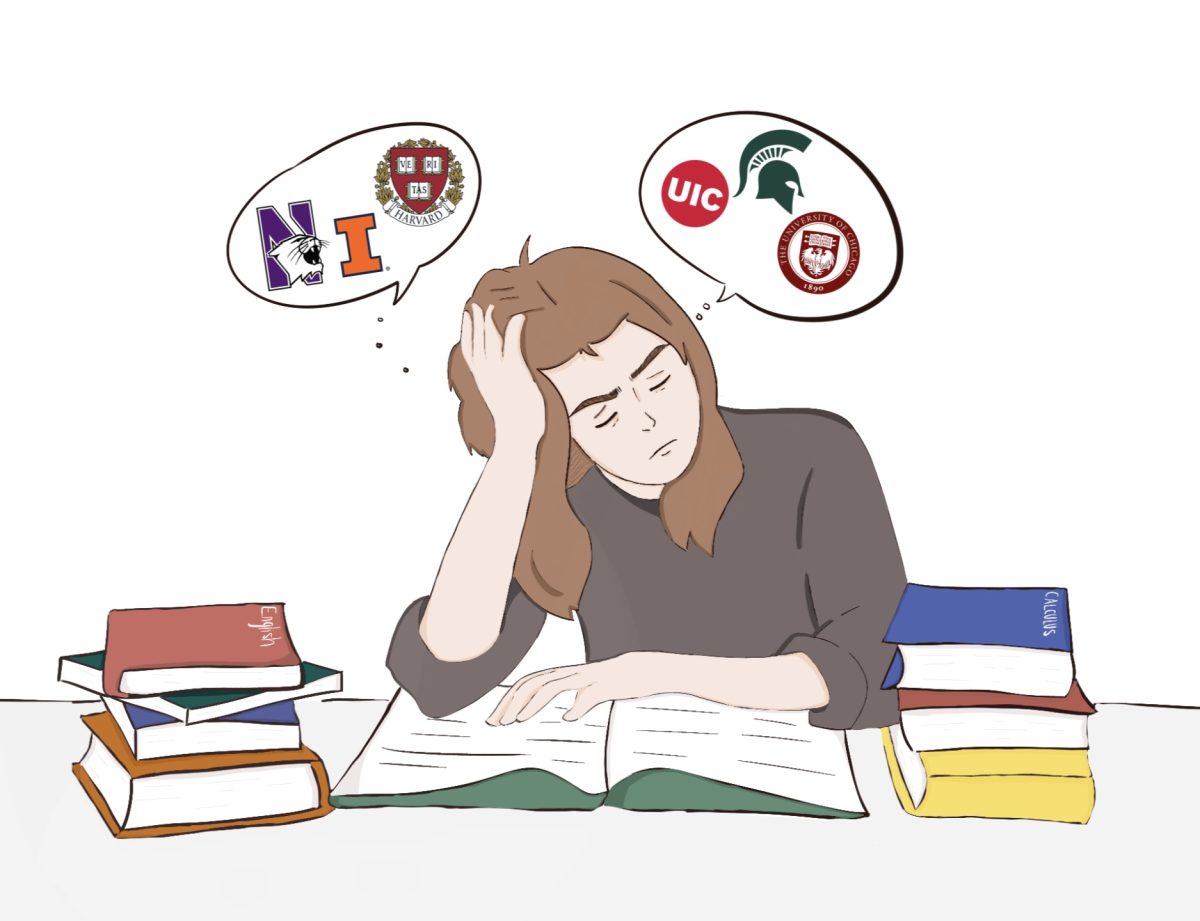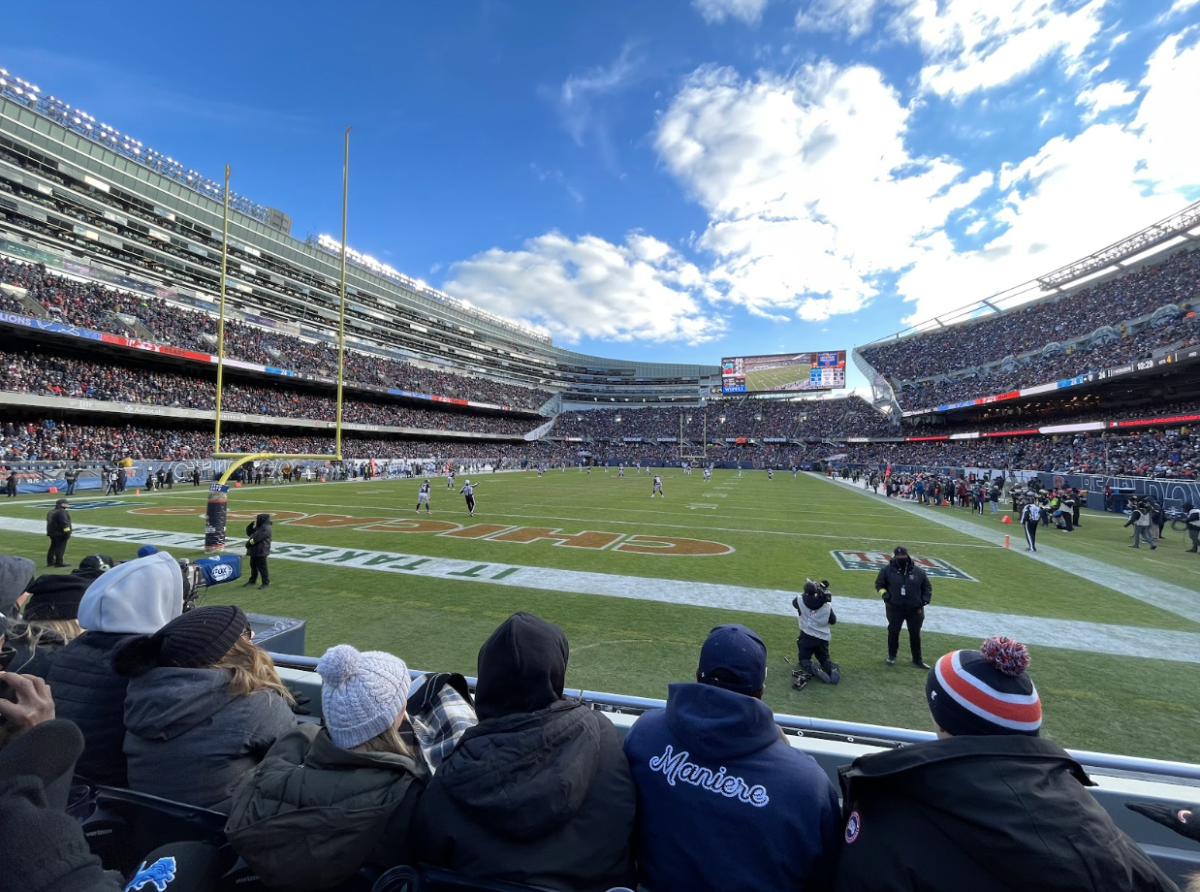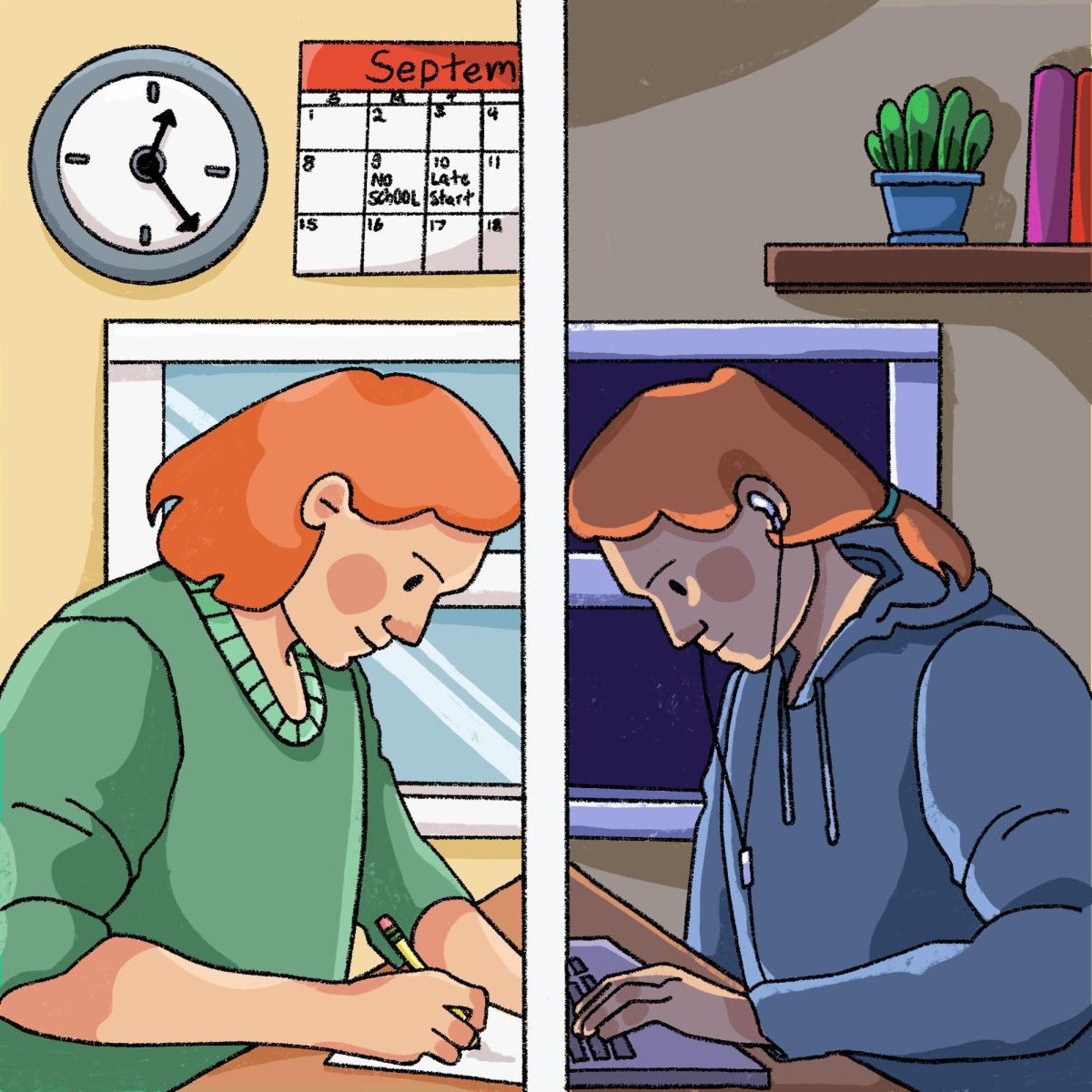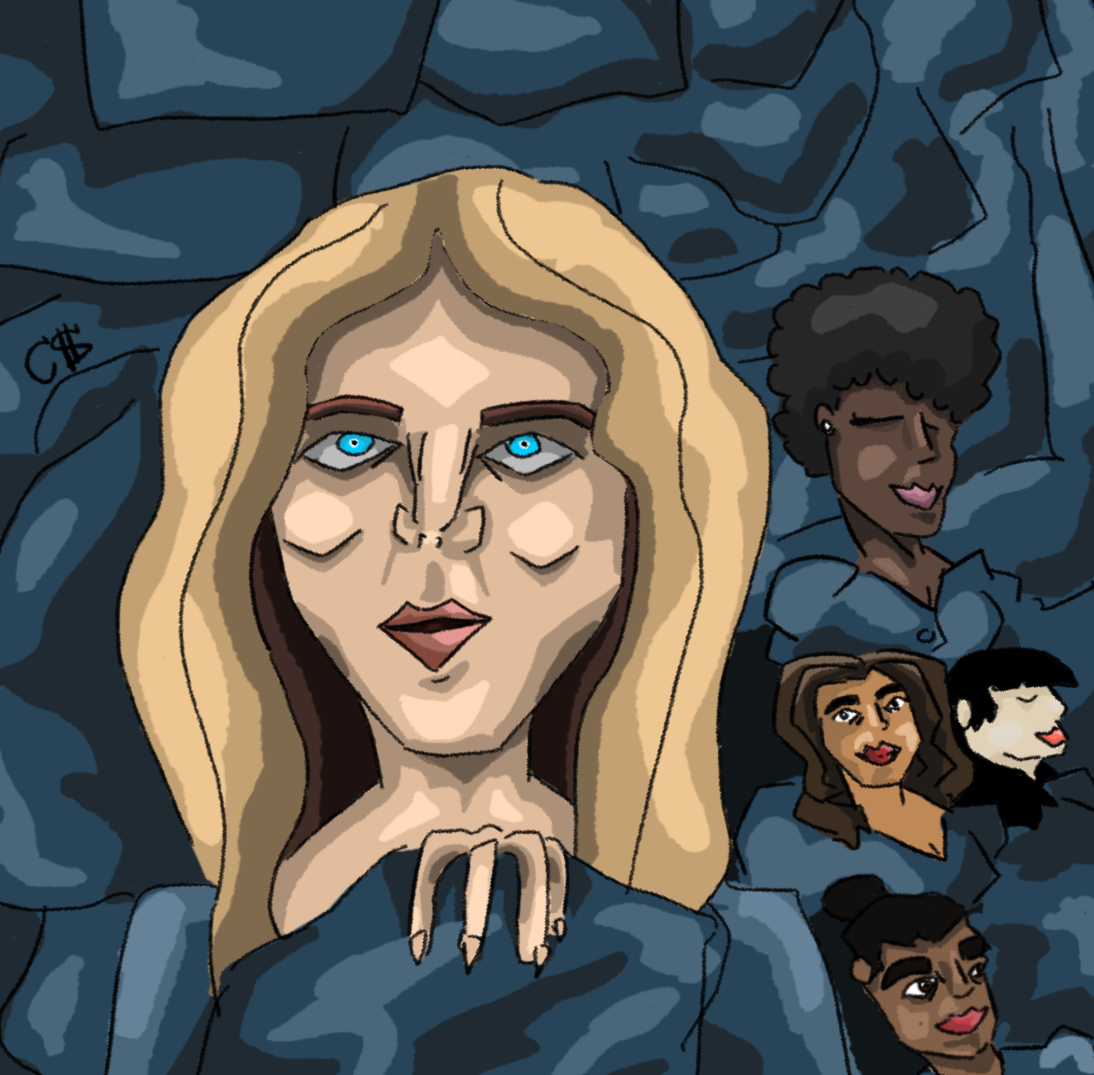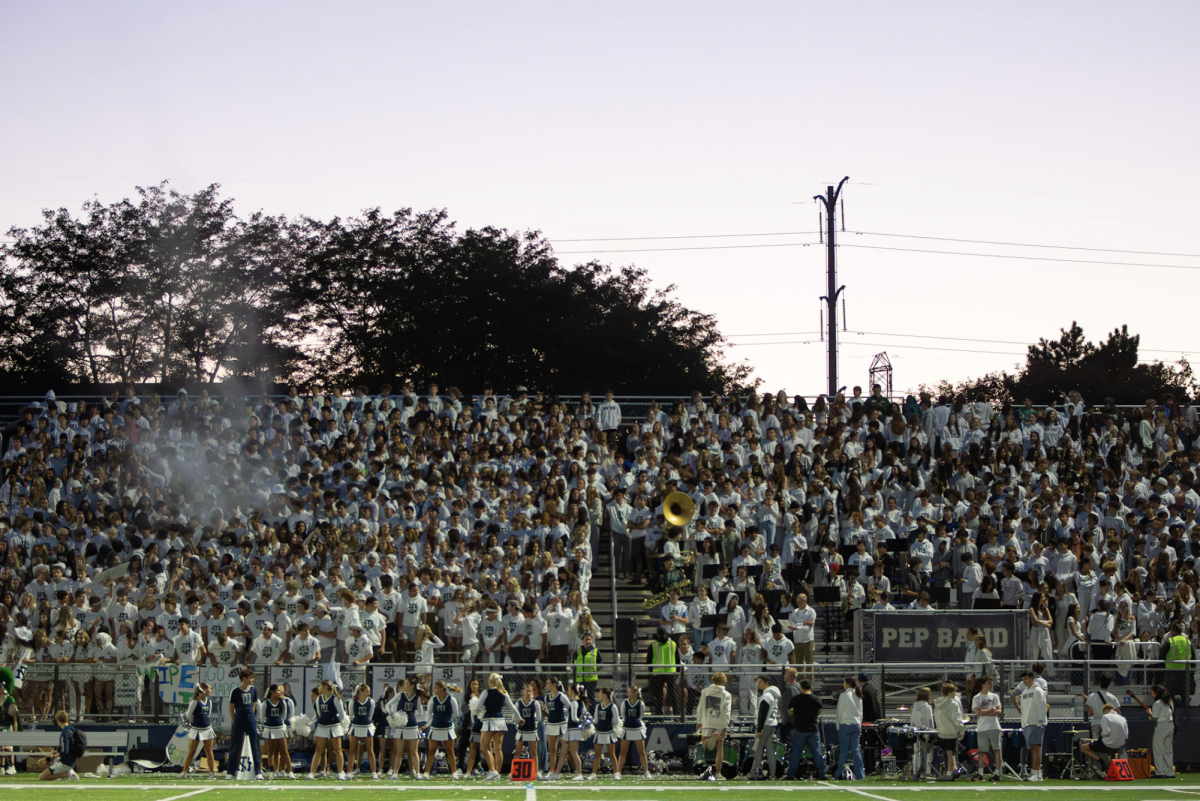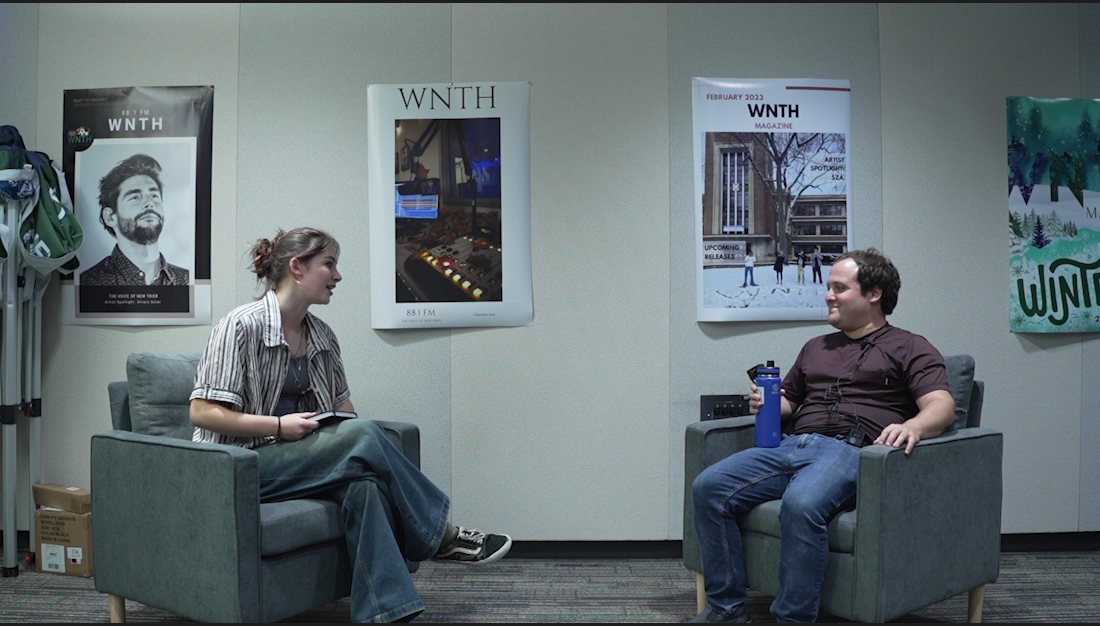Editor’s Note: Margy Burgoon is a writer for the New Trier News and was mentioned in this article. She was not involved in the writing, reporting, or editing of this article.
As co-director and dance teacher Lucy Riner says, “Every dance show has its niche.” For Dance Theatre New Trier (DTNT), the use of theatrical elements and expression of intricate themes makes it unique.
In the opening number of the eight-dance show, senior Piper Goldman’s dancers use strings in their movement to show the ties connecting the dancers.
“The concept is invisible string theory. It’s the idea that your soulmate is out there and you’ll find each other by chance,” sophomore Caroline Wolfe, one of five dancers in Goldman’s piece, says. “We wanted to use the strings to symbolize connection because they’re overlapping.”
Sophomore Margy Burgoon’s dance also uses a projection to help convey a complex story.
“Margy’s dance has a beautiful clock image that swirls around and helps tell the story of what it means to pass time,” Riner says.
As dancers and choreographers collaborate on making movements to express emotions or concepts, junior Vin Bosen has found the experience to be very rewarding.
“When you’re a choreographer, you want your dancers to embody this thought or idea. That’s just such a freeing and liberating experience to get something out that you were feeling or thinking for a while, without physically saying it,” Bosen says.
Though only a seven-week process for the dancers, choreographers have to prepare at least a minute of movement, along with song choices and a theme for auditions. Once the dances are chosen, co-directors Riner and Johannah Wininsky, a dance teacher, then cast dancers and facilitate rehearsals.
“Their first couple rehearsals are fairly easy because [the choreographers] are teaching the material they already have,” Riner says. “Once they see who their cast is, they start making movements on their dancers. Sometimes those dancers help them make sections, and sometimes we help them make sections.”
This process is exciting for all involved, as choreographers are able to use their dance as a creative outlet while dancers get to bring their visions to life through movement.
Senior Kathleen Hutchinson, a member of DTNT and Kinesis Dance Company, has themed her last dance around the start of her new chapter.
“It’s based on the idea of new beginnings and searching for peace and contemptment in the stress and anxiety of them,” Hutchinson says. “Ellie Carlson is my senior in the group, so she is going off to college next year. I used her to show separating from the group and coming back, doing different things with grouping to show how she weaves in and out of this search for peace.”
Choreographers use a combination of movement, costumes, props, projections, and lighting to convey a message to the audience.
“What I think is really cool about the DTNT process is that each dance gets assigned a [student] lighting designer,” Riner says. “That designer comes and watches their rehearsal and is at their final shows, where we videotape their dance on stage, so that the designer can use it ahead of time to set cues.”
Besides the opportunity for innovative movement and lightning, DTNT also provides a sense of community for those involved.
“We bond a lot with the people in our dances because it’s a short season, so we have just an intense two to three months together, which is really fun,” junior Cate Martin says. “I met probably my best friend in DTNT, who’s in the grade above me, and I don’t know if I would’ve made that connection otherwise.”
Sophomore Indigo Dunderdale loves DTNT’s emphasis on student leadership and relationships.
“I like that [DTNT] is almost student-led. You really get close to the people in your group and you become good friends with them,” Dunderdale says. “It’s just a nice community.”
Each year, DTNT welcomes a different guest dancer to choreograph a piece for the performance. These may be artists who have a similar style as the student-choreographed pieces, or bring something new to the table.
This year’s guest choreographer, Andrea Cerniglia, is a dance teacher at R&B Dance in Wilmette and is the founder of dropshift dance.
“A lot of our students go to R&B [Dance] and they love her [Cerniglia],” Riner says. “We like to form those connections with teachers in the community too, so that if you don’t go to R&B, you get to have this awesome experience with another great teacher that your friends all know and love.”
Cerniglia’s dance is the closing number of the show and is about the contrast between black and white.
“There are four songs in the dance that are all distinct moods/sections and I think it’s really cool,” Martin says. “[Cerniglia] is very intense but I think that her method of teaching and choreographing is really cool. There’s a lot that I can learn from her as a dancer and a choreographer.”
There certainly is a lot that these dancers and choreographers take away from this experience, though community and creativity are DTNT’s core strengths. Participants learn new dance styles, create lasting connections, and get to perform in front of friends and family.
“I really like the performance,” Dunderdale says. “It’s a good experience to get on stage and show off your work.”
While the DTNT season is coming to an end, the relationships that it has established and fostered are not.
“I’ve loved meeting new people and the Dance Division community in general because everyone’s super supportive,” Wolfe says.
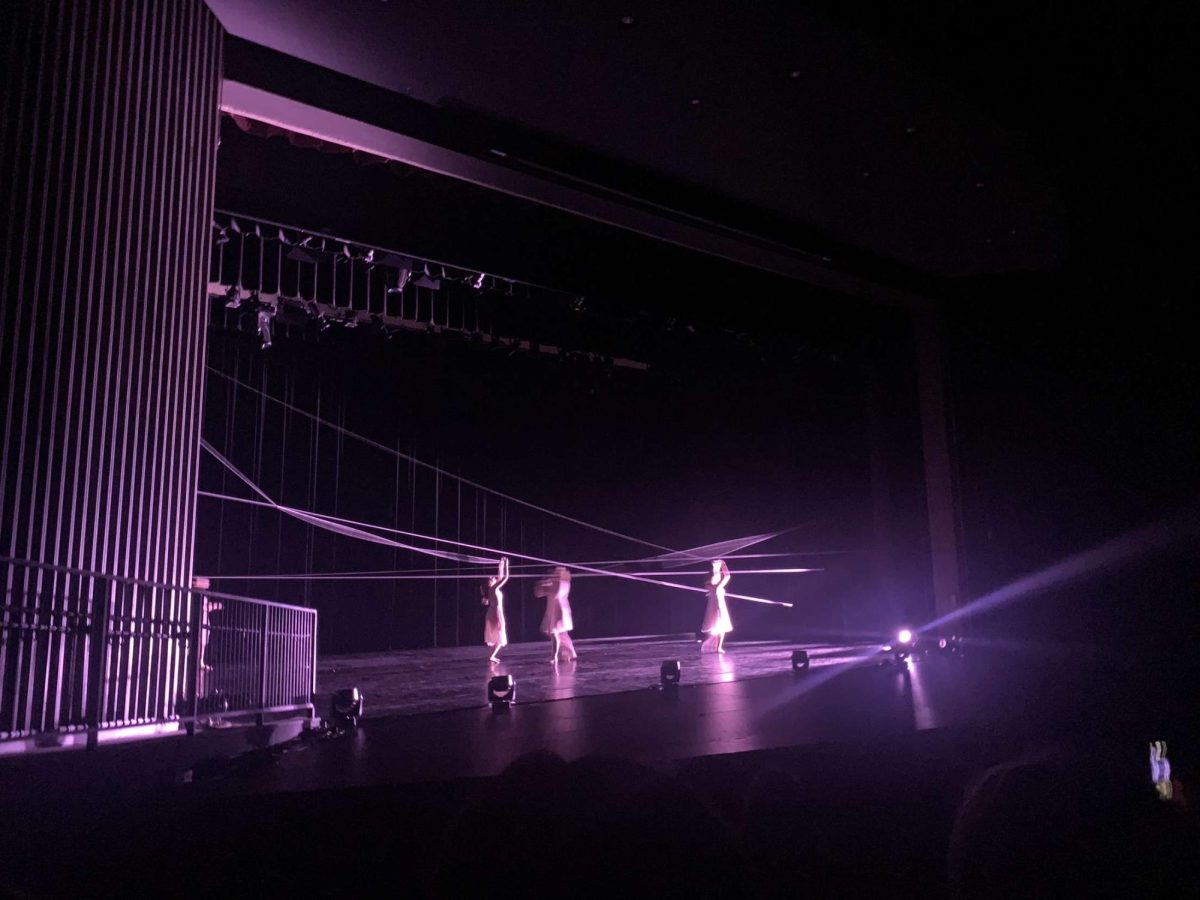
(Saltzman)



